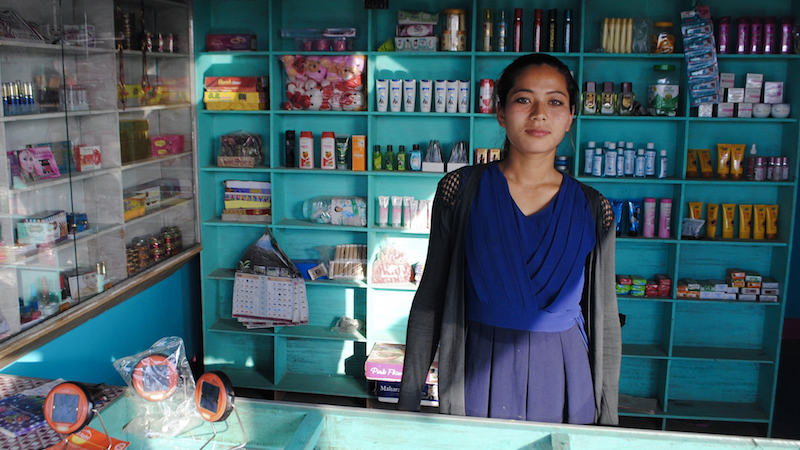Over the next ten days, 47 countries are gathered at the UN in New York to review several of the sustainable development goals (SDGs) – and the lack of progress on energy access for the world’s poorest makes for grim reading.
Governments, donors and multilateral development banks must step up the pace and increase investments in renewable energy for people in poverty, living off the grid.
The world is woefully off track on SDG7 – ensuring that everyone has affordable, sustainable and modern energy by 2030 – despite the fact that this would transform the lives of one billion people currently without electricity and three billion people without clean cooking. On the current path, almost 700 million people still won’t have electricity by 2030. The gap between the goal and the delivery is huge.
With money as a proxy for priority, we will continue to fall behind on SDG7. Just 1% of global finance for energy access is going to decentralised renewable energy, according to Sustainable Energy for All. This figure is tiny compared to the 71% of energy access investments that should support such solutions, according to the International Energy Agency.
Part of the challenge is that national electricity grids, often powered by polluting fossil fuels, are likely to take decades to reach those still without energy in remote, rural areas. With just 12 years on the clock until the SDGs are due to be met, strategies to ensure every woman, man and child has energy need to include other solutions in the mix. Decentralised renewable energy, like solar, is often the quickest, cheapest and most reliable route to bring power to homes, businesses, schools and health clinics in rural areas as highlighted in Tearfund’s recent report ‘Pioneering Power‘.
This matters because energy is power. That’s the message we at Tearfund hear from people and communities. It’s the power for women in places like Tanzania to double their income by using solar-powered light to sew at night. It’s opportunity – for children to study after dark and take steps towards their dream of being doctors or engineers. And it’s transformation for whole communities, like the villagers in Tawal, Nepal, who rebuilt after the 2015 earthquake with wood cut by sawmills, powered by micro-hydro. And the carpenters who saw – and took – the chance to start new, better businesses out of the rubble.
It is encouraging that the crucial role of off-grid renewables has been recognised by experts inputting into the current UN meetings, such as a review of progress on SDG7 and the Vienna Energy Forum in May. These are welcome words about the need to shift to a more balanced focus on both decentralised and centralised energy systems. But words need to be backed up with funding.
Governments and donors have a key role to play in scaling up public finance for energy access, in particular off-grid renewables. Tearfund is currently calling on the World Bank to spend half of their energy funding on access – delivering electricity to those who currently lack it. And crucially, 70% of energy access funding should be for off-grid renewables and clean cooking solutions. World Bank funding levers not just significant capital itself, but also sends an important signal to other donors, as well as private investors, that this is the direction the world needs to go.
The reality is that energy is a route to meeting not just SDG7, but a raft of development goals. It delivers economic opportunities, jobs, empowered women and children, better education and health, as well as action on climate change. If governments and donors continue to fail on energy for all, they risk failing on the SDGs across the board.
That’s why the officials meeting right now in New York must take this opportunity to show their support for off-grid renewables by investing much more and encouraging governments and donors to do the same.
Dr Ruth Valerio is Tearfund’s director of advocacy and influencing.
